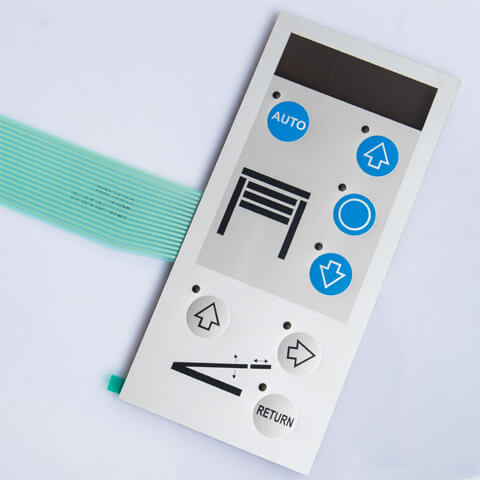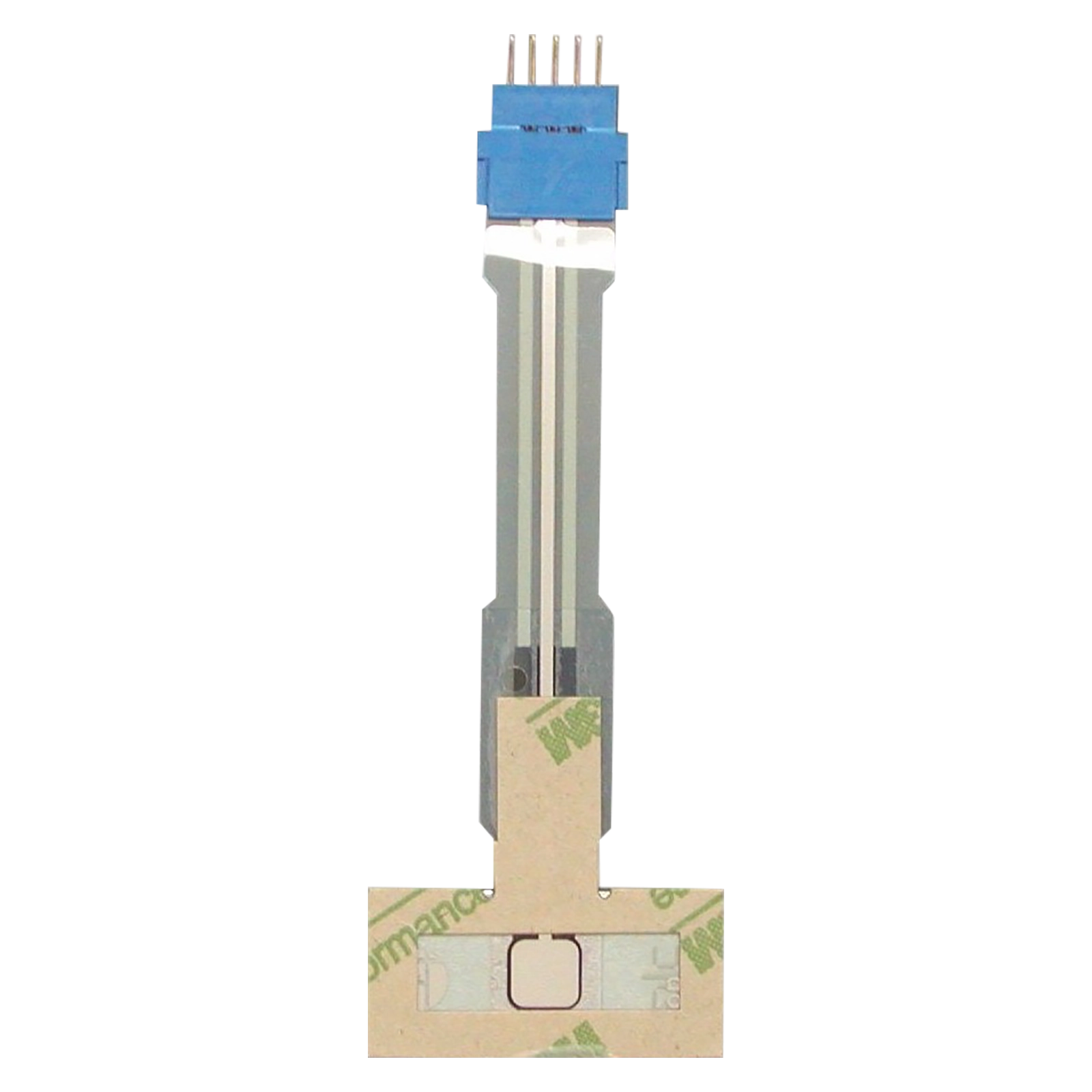The Future of Membrane Switch Technology in the Vehicle Systems
The Future of Membrane Switch Technology in the Vehicle Systems
Blog Article
Membrane Switch Over Technology: The Trick to Reputable and Cost-efficient Interfaces
Membrane layer button modern technology has actually arised as a crucial part in the layout of user interfaces, supplying both reliability and cost-effectiveness throughout a varied array of applications. As we discover the complex advantages of membrane buttons, their capacity for technology increases inquiries about future applications and developing trends.
Understanding Membrane Change Technology
Membrane layer switch innovation is a widely used interface service in numerous digital devices, using a seamless blend of functionality and design. This innovation includes several layers of materials, typically including a visuals overlay, spacer layer, and a circuit layer. The visuals overlay shows the user interface elements, while the spacer layer divides the circuit layer from the overlay until a customer activates a switch.
When pressure is used to the overlay, the circuit layer completes the electric circuit, sending a signal to the device. This system permits for numerous configurations, consisting of responsive feedback and backlighting choices, enhancing individual communication. Membrane buttons are commonly made utilizing sturdy products such as polyester or polycarbonate, making sure long life and resistance to ecological variables like wetness and dust.
The versatility of membrane switches allows their application in diverse markets, consisting of medical tools, customer electronic devices, and commercial controls. Their compact design allows for integration into space-constrained atmospheres, providing an effective interface without endangering aesthetic charm. Recognizing the details of membrane switch technology is crucial for producers and developers seeking to produce dependable and effective human-machine user interfaces.
Secret Advantages of Membrane Layer Buttons
While various interface remedies exist, membrane switches deal distinct benefits that make them a favored choice in many applications. Among the key benefits is their resilience; membrane switches are developed to hold up against harsh ecological conditions, including dampness, dirt, and temperature changes, ensuring lasting efficiency. This resilience significantly lowers the demand for frequent replacements, thus decreasing general maintenance costs.
In addition, membrane layer switches are lightweight and small, making them ideal for applications where space is restricted. Their inconspicuous layout adds to a smooth appearance without compromising functionality.
Cost-effectiveness is also a significant benefit, as the manufacturing procedure for membrane layer switches over tends to be less costly compared to traditional mechanical buttons. This cost, integrated with their integrity and convenience of installation, settings membrane layer changes as a sensible remedy for a vast array of browse around this web-site sectors seeking effective and efficient interface.
Applications Across Various Industries
Exactly how do membrane switches adjust to the diverse demands of different markets? Membrane layer switch modern technology is progressively recognized for its flexibility, making it ideal for a vast range of applications across numerous fields.
In customer electronics, membrane layer buttons offer a portable remedy for remote controls and home devices, boosting user experience with instinctive style. In addition, the industrial market leverages membrane layer buttons for equipment control board, profiting from their resistance to extreme environments, such as dampness and dust.
Armed forces and aerospace applications also utilize membrane layer buttons for their reliability and capacity to endure severe problems, making sure operational efficiency in vital circumstances. Additionally, the food and beverage market embraces these switches for automated systems, where sanitation and simplicity of operation are extremely important. Inevitably, membrane switches are tailored to fulfill the unique demands of each industry, confirming their vital role in modern innovation interfaces
Layout and Personalization Alternatives

In the realm of membrane button innovation, style and customization choices play an essential role in improving performance and user communication. These buttons can be customized to satisfy details functional requirements and aesthetic choices, making them functional elements in numerous applications.
One of the primary personalization alternatives is the format of the switch hop over to here itself, which can be developed to suit one-of-a-kind user interfaces and ergonomic factors to consider. By changing the shape, dimension, and plan of switches, manufacturers can develop intuitive layouts that help with convenience of use. In addition, the consolidation of various colors and visuals overlays enables for branding and improved presence, making sure that users can promptly determine features.
Additionally, membrane layer buttons can be engineered with numerous responsive comments systems, such as increased buttons or audible clicks, to boost the user experience. Various materials can likewise be selected for resilience and environmental resistance, dealing with factors such as dampness, temperature variations, and chemical direct exposure.
Ultimately, the extensive design and modification options available in membrane layer button technology encourage companies to develop tailored solutions that not just meet practical requirements yet also line up with their branding and operational requirements.

Future Fads in Membrane Switches
As membrane switch innovation remains to develop, future fads are significantly concentrated on improving user experience and incorporating advanced capabilities. One significant pattern is the integration of touch-sensitive and capacitive technologies right into traditional membrane layer buttons. This development permits even more intuitive interface, offering tactile comments while preserving a sleek style.
One more arising trend is making use of environmentally friendly materials, driven by the growing need for sustainable production methods. Manufacturers are seeking to decrease their carbon impact by using recyclable substrates and low-impact inks, aligning with global sustainability objectives.
In addition, the surge of the Web of Things (IoT) is prompting the unification of clever features into membrane switches. Improved connection choices will make it possible for devices to communicate with each various other, enabling seamless integration right into broader systems.
Furthermore, innovations in printing technologies, such as electronic printing, are enabling greater design flexibility and customization. This enables manufacturers to produce complex designs and lively colors cost-effectively.

Final Thought
In verdict, membrane layer switch modern Visit This Link technology represents a crucial innovation in user interface layout, using substantial advantages in sturdiness, modification, and cost-effectiveness. Its widespread applicability across varied industries highlights its significance in modern-day innovation. As advancements remain to emerge, especially in touch-sensitive user interfaces and lasting materials, the potential for membrane layer switches to enhance customer experience and performance stays promising. Continued exploration of this technology will likely produce further renovations and broaden its scope in future applications.
Report this page